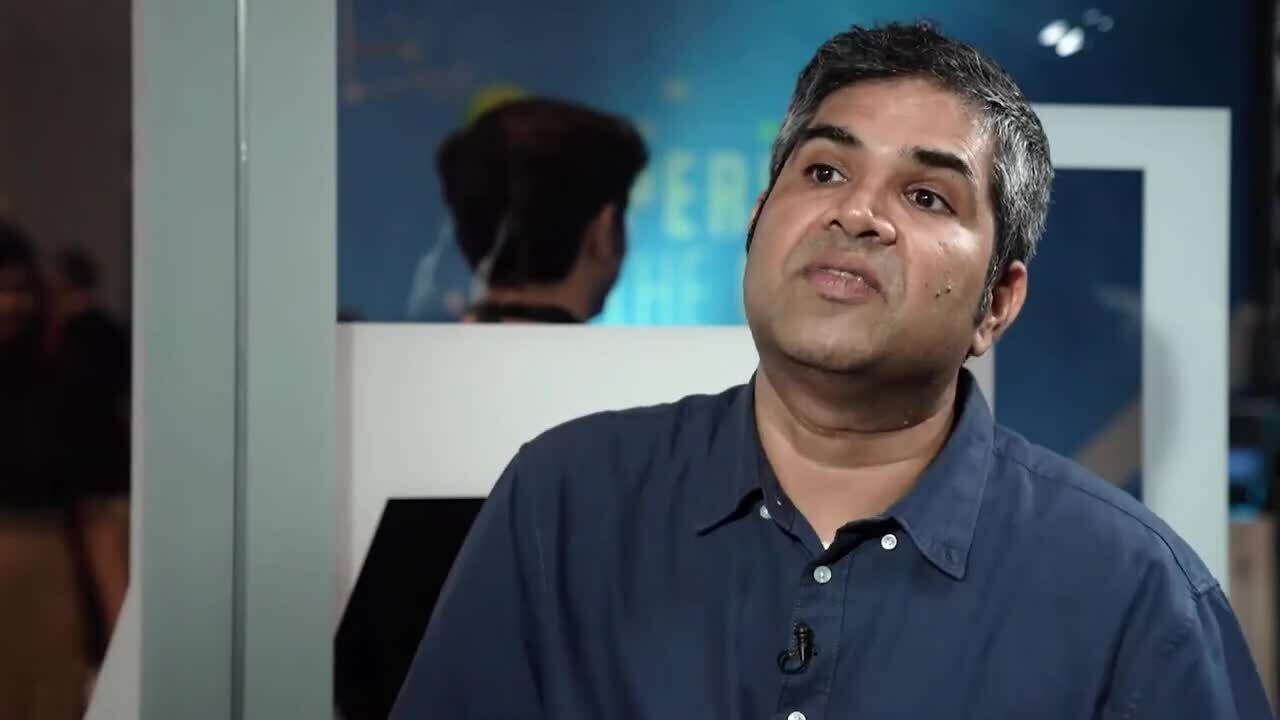
Harvesting Information: Using Data in Farming
Suresh Sundararajan, President and Group head, Olam, in conversation with Raja Shah, SVP and Industry Head, CMT, Infosys
There is a growing number of customers who are asking more about the food that is put on their table
Olam’s 30-year old food and agri-business is working towards creating a community platform where farmers can not only share best practices, but where they can also get answers about selling their produce, buying inputs, getting financing, getting advice on crop calendar, among other things
Olam partnered with Infosys to create Olam Farmer Information System (“OFIS”), which helps gather, analyze and advise farmers on best practices
Farmers are a cautious lot, especially the ones with small holdings, who dread change for the fear of failure, believes Suresh Sundararajan, President and Group head, Olam. Add to that an ecosystem where they’re unable to sustain themselves without a struggle, leave alone earning well. On the other hand, there is a growing number of customers who are asking more about the food that is put on their table. End customers have questions about the source, process, packaging, among other things. Questions on fair pricing too have started gaining traction.
“We see a lot of opportunities, at the first line and the last mile,” Suresh Sundararajan tells Raja Shah, SVP and Industry Head, CMT, Infosys, in a conversation on the sidelines of Infosys’ 2020 APAC Confluence. He talks about how in the first mile, with technology, Olam’s 30-year old food and agri-business is working towards creating a community platform where farmers can not only share best practices, but where they can also get answers about selling their produce, buying inputs, getting financing, getting advice on crop calendar, among other things.
“Imagine it's a form book… where you have millions of farmers around the world, coming onto the platform to get all their advises to sell their produce and benefit from that,” he says, adding that at the other end of the supply chain, there can be an increased focus on traceability and sustainability.
He is also of the strong opinion that small-holder farming is the future of agriculture, and technology is an essential means to get to the destination. It fits in perfectly with Olam’s corporate purpose - to reimagine global agriculture and food systems.
Olam partnered with Infosys to create Olam Farmer Information System (“OFIS”), which helps gather, analyze and advise farmers on best practices. “Today we have approximately half a million farmers on that platform. We gather rich information about the farmers … And that's very powerful,” says Sundararajan.
“These community programs, in essence, helps to improve a farmer's life. And when our customers see that they're also excited and they want to partner with Olam so that they can use our platform to reach out to the farmers or to create an impact to the farmers,” he says.
The challenges are, however, still quite big, says Sundararajan, who counts, poor infrastructure, poor connectivity, and poor smartphone ownership, among others, as concerns that need to be addressed. “We are trying to work with partners in the ecosystem, to see how we can engage digitally with farmers use that and provide sustainability and traceability solutions to customers,” he says.


